|
|
 |
|
|
16. SS-Panzergrenadierdivision ‘Reichsführer SS’
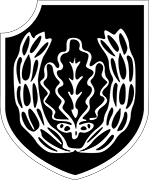 |
16. SS-Panzergrenadierdivision ‘Reichsführer SS’
With Wayne Turner
16. SS-Panzergrenadierdivision ‘Reichsführer SS’ was formed between 23 September 1943 and 3 October 1943 from the SS-Sturmbrigade ‘Reichsführer SS’ in Livorno, Italy. 7,500 recruits were drawn together from various SS training and replacement units. Until 31 December 1943, the division was split between in Ljubljana (in Slovenia) and Livorno, with a total strength of 12,720 men. However, the division still had a shortage of officers, NCOs and equipment.
|
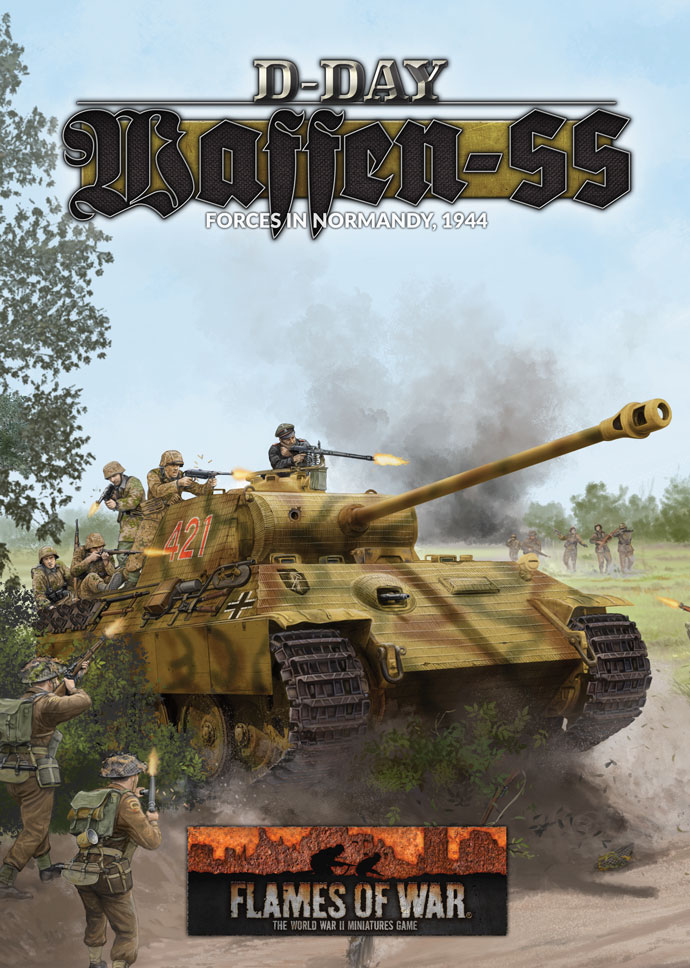
|
|
After the Allied landing at Anzio, II. Battalion/SS-Panzergrenadier-Regiment 36 was moved from Livorno to the area southwest of Cisterna. The regiment, along with the FlaK regiment were used to reinforce the German forces facing the Allied Anzio landings.
On 18 April 1944, the battle group handed over their positions to the Grenadier-Regiment 1028 and moved to Vienna, Austria. There the whole division was finally united. The division was ordered to take part in the occupation of Hungary and crossed the Hungarian border in the area of Raab on 19 March 1944. They were reinforced by the SS-Panzergrenadier-Lehr-Regiment and a newly formed Escort Battalion ‘Reichsführer SS’. Subsequently, the division’s troops were stationed at Debrecen.
|
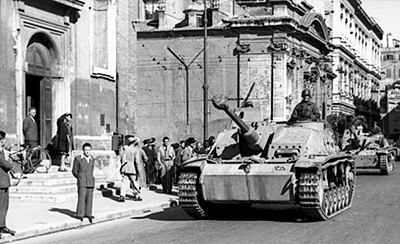 |
The division was still light in heavy weapons, trucks, motorcycles, and tractors as none available. From 73 assault guns of its establishment, only 12 were available. On 16 April 1944, the division received orders to transfer 4,500 men to 3. SS-Panzerdivision ‘Totenkopf’. They sent 2,500 men to German from Hungary.
On 18 May 1944, the division was ordered to move back to Livorno, Italy. On 20 May, they moved by rail to Italy and the first elements of the division began arriving in Livorno on 26 May, where they came under command of 75. Armeekorps. The division moved into the front line between the Marina Carrara and Calafuria on 31 May. On 27 June 27 the division’s command post in San Vincenzo was overrun by the US 1st Battalion, 133rd Infantry, 34th Infantry Division (Red Bulls).
|
| Above: StuG assault guns of 16. SS-Panzergrenadierdivision ‘Reichsführer SS’ pass through the streets of Rome. |
| On 3 August 1944, 16. SS-Panzergrenadierdivision ‘Reichsführer SS’ was pulled out of its defensive positions and moved to the area south of Bologna. Here, the division rested and finally received it full complement of heavy weapons. During this time the division was in anti-partisan duties. The division went about this task with much brutality and killed over 2,000 civilians, including one incident at Sant’Anna di Camaiore where 560 people were killed, including 116 children under 16 years and 8 pregnant women. Another brutal suppression at Marzabotto resulted in 770 civilian deaths. Schools, churches and monasteries were also destroyed in these operations. |
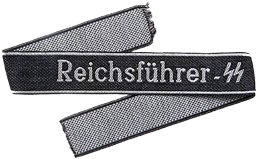 |
| In early September 1944, the division’s strength was 14,683 men and replaced 362. Infanteriedivision in positions north of Pistoia. By early December 1944, remained on this relatively quiet front. Attempts by the Allies to advance on Bologna were thwarted. On 20 December the division in to reserve in the area south of Lake Comacchino. The division replaced 98. Infanteriedivision in 73. Armeekorps behind the Senio River between Lugo and Fusigano, west of Ravenna, on 28 December 1944. |
 |
In January 1945, the division was moved to Hungary and assembled at Nagykanizsa. On 6 March 1945, Operation Frühlingserwachen (Spring Awakening), the German offensive at Lake Balaton, began. |
| 16. SS-Panzergrenadierdivision ‘Reichsführer SS’ advanced from Nagybajoms to Kaposvar, where they struck the well-prepared and Soviet defences. After a 4 km advance, they were halted at Kisbajom. The division was then withdrawn from the front and moved to Marczali. On 14 March 1945 the division began another attack towards Nikla, but heavy Red Army fire turned them back and the division suffered heavy losses. By 24 March, the divisions had a total strength of 9,399 men, but its combat strength had be reduced to 3,134 men. Three days later, the division received orders to move to Pacsa. |
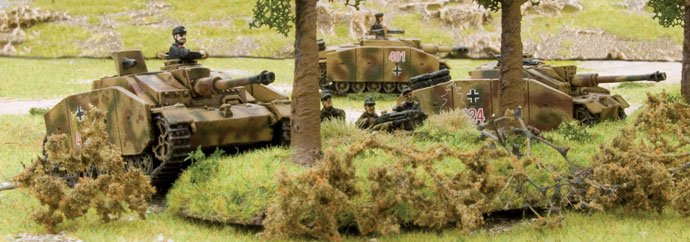 |
| The Soviets began their own offensive on 29 March 1945. 16. SS-Panzergrenadierdivision ‘Reichsführer SS’ was split, with the bulk of the division moved back to the area of Nagy-Kanizsa. The continued to withdraw towards Austria. By 4 April 1945, the division had withdrawn to the area of Luttenberg and came under the command of 22. Armeekorps. Three days later the division was transferred to 1. Kavalleriekorps in Straden. At the training area of ‘Alt-Neudorf’ the division was reinforced with Luftwaffe and Kriegsmarine personnel, as well as Hungarian volunteers. The division was moved to the Radkersburg staging areas on 13 April 1945. They fought in the following days to the north and west of Straden and Poppendorf. |
| After the surrender of the German forces in Italy, the division was transferred to the 22. Gebirgskorps in the area of Marburg and Lavamünd. On 9 May 1945 the division surrendered to British forces in the Klagenfurt area west of Graz, Austria. |
|
Feilding 16. SS-Panzergrenadierdivision ‘Reichsführer-SS’ in Flames of War
To field a 16. SS-Panzergrenadierdivision ‘Reichsführer-SS’ SS-Panzerkompanie use a StuG SS Tank Company from page 27 of D-Day: Waffen SS, but do not take a Tiger SS Tank Platoon or Panther SS Tank Platoon.
To field a 16. SS-Panzergrenadierdivision ‘Reichsführer-SS’ SS-Panzergrenadierkompanie use a SS Panzergrenadier Company form page 42 of D-Day: Waffen-SS, but do not take a Grille 15cm SS Gun Platoon, or a Armoured SS Flame-thrower Platoon.
|
 |
Last Updated On Thursday, July 9, 2020 by Wayne at Battlefront
|
|
|